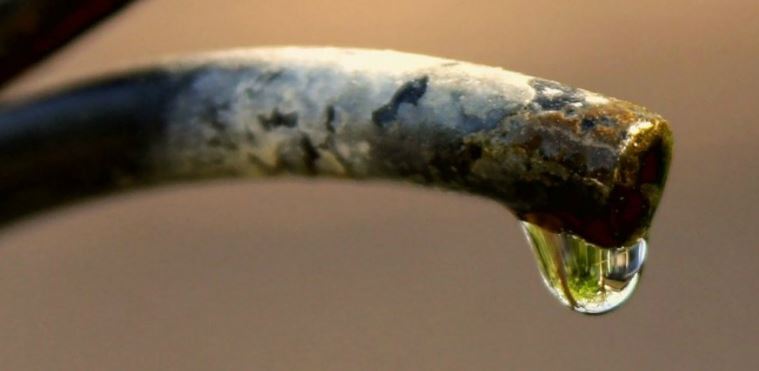
It takes an incredible amount of time before plastics completely break down. During this process, microscopic particles soak up contaminants and microbes and end up in oceans and other bodies of water, exposing wildlife to these toxic chemicals. Studies reveal that microplastics have contaminated tap water, and the current study supports these findings with evidence that groundwater sources are now also contaminated.
Groundwater flows through cracks and crevices in limestone, sometimes carrying sewage and runoff from roads, landfills and farm areas into the aquifers below. In the current study, researchers identified microplastic fibers, as well as medicines and household contaminants, in two aquifer systems in Illinois.
The researchers collected 17 groundwater samples from wells and springs, 11 of which came from a highly fractured limestone aquifer near the St. Louis metropolitan area and the other six from an aquifer in rural northwestern Illinois, which contained much smaller fractures.
The team found microplastic particles in all but one of the 17 samples, with a maximum concentration of 15.2 particles per liter from a spring in the St. Louis area. But with this study being the first of its kind, there is currently no published risk assessment or regulations with which to decipher what that concentration means.
However, the concentrations from their field area are comparable to those found in the surface waters of the rivers and streams in the Chicago area, lead author Samuel V. Panno noted.
Besides microplastics, the researchers identified a variety of household and personal health contaminants, which means the fibers may have originated from household septic systems. It is estimated that thousands of these polyester fibers end up in septic systems just from doing a load of laundry. Co-author John Scott said it is highly likely for those fluids to leak into the groundwater supply, particularly in aquifers where surface water interacts readily with groundwater.
A lot of work remains to be done to mitigate microplastic contamination, Scott said. He anticipated that microplastic contamination in surface water and groundwater is a problem that may never really go away.
"It is estimated that 6.3 billion metric tons of plastic waste have been produced since the 1940s, and 79 percent of that is now in landfills or the natural environment. To me, it is such a weird concept that these materials are intended for single use, yet they are designed to last forever," noted Scott.
Living on a plastic planet
Previous research has mostly focused on plastic pollution in the oceans – a problem that is continually rearing its ugly head with wildlife's increasing interaction with pieces of plastic trash as they go about their business. However, microplastics have also made their way into tap water all over the world, which calls for urgent research on its implications for health.
In an investigation for Orb Media, scientists analyzed tap water samples from more than a dozen nations and found that 83 percent of these samples were contaminated with plastic fibers.
The U.S. had the highest contamination rate at 94 percent, followed by Lebanon and India. On the flip side, European nations including the U.K., Germany, and France had the lowest contamination rate, but this was still at 72 percent. The average number of fibers found in each 500 mL sample ranged from 4.8 in the U.S. to 1.9 in Europe.
A separate small study conducted by experts at the Galway-Mayo Institute of Technology also found microplastics in tap water and well water samples.
The scale of global microplastic contamination is becoming increasingly clear, with studies in Germany finding fibers and fragments in beer brands, honey, and sugar. In Paris in 2015, researchers discovered microplastic in the air, with estimates of three to 10 tons of fibers being deposited on the city each year, and that it was also present in the air in people’s homes.
Sources include:
Please contact us for more information.























